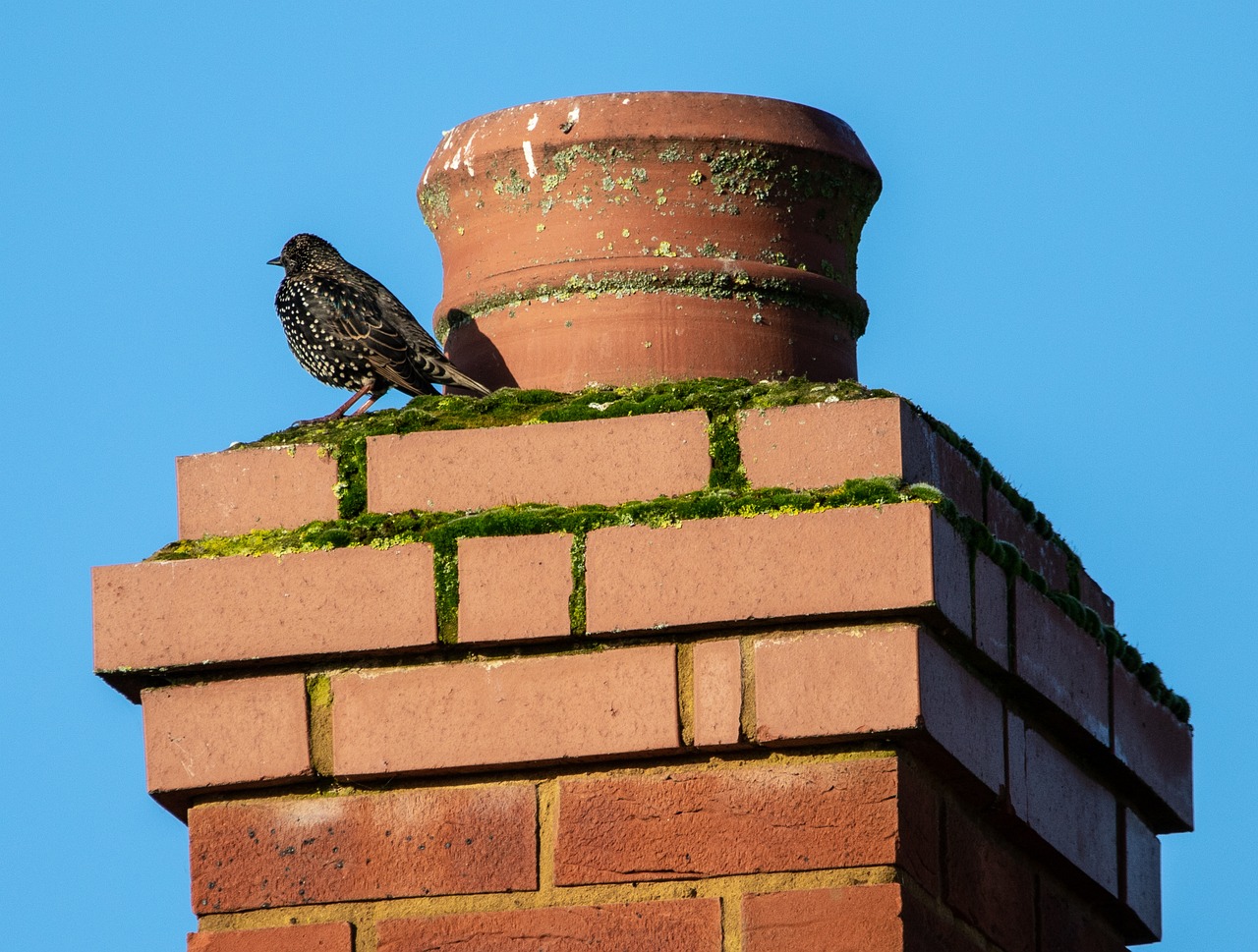Who would be in my chimney?
Knowing who is in your chimney is an important step in knowing how to deal with the situation.
Here are a list of common species who would seek shelter and potential nesting sites:
Bats: Bats may enter through gaps or open dampers to roost in chimneys.
Birds: Swifts, sparrows, and starlings frequently nest in chimneys. These birds may enter through the open flue or gaps in the chimney structure, creating nests on the smoke shelf or within the flue itself.
Raccoons: Individuals looking for a cosy spot to den and have their young can easily access chimneys due to their incredible climbing abilities.
Squirrels: Using grass and sticks, squirrels can build nests within the flue. They have also been known to inadvertently fall into chimneys as they scamper across roofs.
What are the concerns?
Fire hazard: Nesting materials, droppings, and the animals themselves can obstruct the flue, preventing proper ventilation and increasing the risk of carbon monoxide buildup and chimney fires.
Structural damage: Some animals, like raccoons and squirrels, may gnaw or scratch at the chimney structure, causing damage.
Unpleasant odours: The presence of animal droppings, nesting materials, and even deceased animals can create foul odors within the chimney leaking out into the home.
So what can I do to prevent this?
Chimney caps: Installing a properly fitted chimney cap will prevent wildlife from entering the flue. Ensure the mesh size is small enough to ensure all species are excluded.
Sealing entry points: Seal any gaps, cracks, or openings in the chimney structure to prevent access.
Chimney sweeping: Regular chimney sweeping can help bring to light any existing wildlife issues, allowing for timely action.
Trimming overhanging branches: Tree branches and overhanging vegetation provide easy access for wildlife onto the roof, prune these back at least 5' to reduce activity on your roof and chimney.
Contact our team today for a professional inspection and effective wildlife proofing to safeguard your chimney and ensure optimal functioning.


